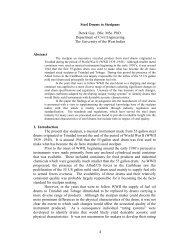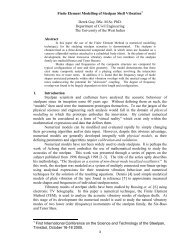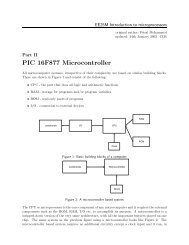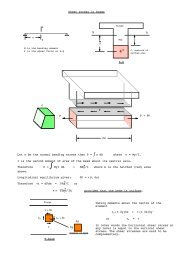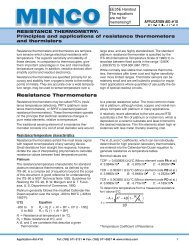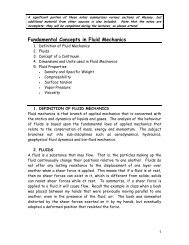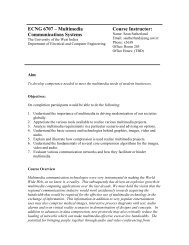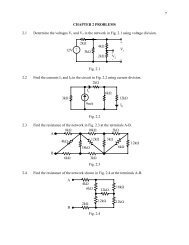Tuning, Scales and Temperament Harmonic and Inharmonic ...
Tuning, Scales and Temperament Harmonic and Inharmonic ...
Tuning, Scales and Temperament Harmonic and Inharmonic ...
You also want an ePaper? Increase the reach of your titles
YUMPU automatically turns print PDFs into web optimized ePapers that Google loves.
scales<br />
http://www.anu.edu.au/ITA/ACAT/drw/PPofM/scales/scales3.html<br />
Construction of the Pythagorean Diatonic Scale<br />
The Pythagorean scale is developed from the interval of a perfect 5th.<br />
Step 1: Begin with an arbitrary tone of frequency represented by 1, <strong>and</strong> ascend in steps of perfect 5ths:<br />
if these were based on C4 the notes would be<br />
C4 G4 D5 A5 E6 B6<br />
Step 2: Reduce the ratios obtained in step 1 into the range of a single octave by descending from these<br />
notes in whole octave steps:<br />
Step 3: Arrange the notes obtained in step 2 in ascending order:<br />
Step 4: The above sequence of notes is missing one important note the one corresponding to a perfect<br />
4th from the beginning point. This can be obtained by descending from the beginning point by a perfect<br />
fifth (2/3) <strong>and</strong> then moving up one octave (2/3) x 2 = 4/3 = 1.3333.... Placing it in the ascending<br />
sequence as arranged in step 3, we have the following sequence:<br />
This is known as the Pythagorean diatonic scale. Examining the intervals between each step,<br />
We can see that the scale consists of the familiar major scale (where the whole step is 9/8 <strong>and</strong> the 1/2<br />
step is 256/243).<br />
1 of 2 2/4/2001 12:19 PM



